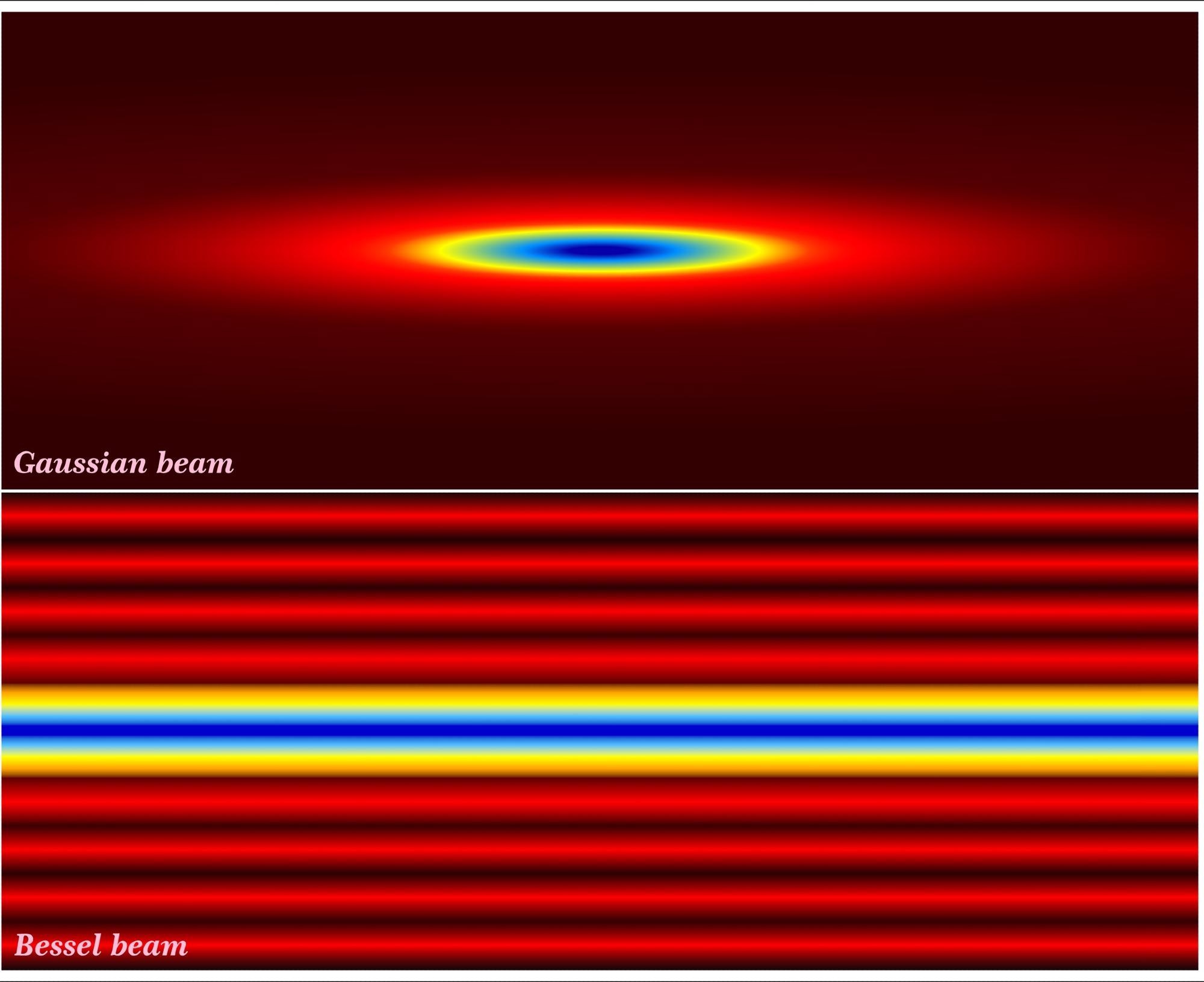3D printing allows almost any form to take shape using layers of materials to produce a physical object from a 3D model file. However, when using conventional laser beams in the process, such as those that utilize Gaussian beam shapes, problems tend to arise.

Image Credit: Shutterstock.com/ Fouad A. Saad
However, researchers at Lawrence Livermore National Laboratory (LLNL) have decided to tackle the challenges associated with conventional laser beams in 3D printing processes by investigating alternative beam shapes.
By probing the potential benefits of novel optical beam shapes, such as Bessel beams, the team at LLNL hopes to find a way to prevent issues that typically cause subpar mechanical performance, eliminating defects and reducing the porosity in 3D printed metal parts.
Overcoming Obstacles
The need to overcome the challenges associated with 3D printing is driven by the fact that most standard, high-power laser systems use Gaussian beam shapes
Using Gaussian beams is a lot like using a flamethrower to cook your food; you don’t have a lot of control over how heat is deposited around the material.
Thej Tumkur Umanath, lead author of the study and LLNL Research Scientist
Since laser-based 3D printing processes require innovative, complex designs when creating metal parts, the need to prevent any potential mechanical performance-based issues becomes critical.
As such, significant research has been conducted in an attempt to improve laser powder bed fusion (LPBF) printing technologies so that mechanical defects are reduced and prevent porosity issues are minimized.
However, this research has gone down several different paths, including replacing lasers with LEDs to melt the power in the LPBF process, producing ‘smart’ baseplates with embedded sensors and controlling the heat levels in the build chamber to lessen distortion and stress.2,3
The LLNL team, however, is exploring how a relatively low-cost laser beam shaping method could be used to improve LPBF processes, using innovative optical beam shapes such as Bessel beams to overcome obstacles.
The Benefits of Bessel Beams
The LLNL group believes that the non-diffractive properties of Bessel beams can deliver an improved depth of focus as when they propagate, they do not split. The pattern of the Bessel beam resembles a bullseye, and as well as being non-diffracting, has self-healing properties.
The conventional use of Gaussian beams can be problematic since the thermal gradients tend to be amplified at the point where the laser meets the metal powder, creating melt-pool instabilities. Another potential defect seen with Gaussian beams is keyholing, which compromises the mechanical performance of completed parts.
However, the greater depth of focus of Bessel beams allows companies to avoid costly additional processes such as re-positioning builds in-situ every time a deposit of metal power is laid.
Our work addresses the seeming disconnect between optical physics and materials engineering in the metal additive manufacturing community by incorporating designer beam shapes to achieve control over melt pool dynamics.
Thej Tumkur Umanath, lead author of the study and LLNL Research Scientist
Bessel vs Gaussian
When looking into beam shaping, the LLNL team passed a laser through two conical lenses which created a donut-like shape. To produce the bullseye-like shape, the team then ran the laser through extra optics and a scanner which generated the rings all over the central beam.
To determine the outcomes of the research the team then employed high-speed imaging to observe the melt pool dynamics. The result was that, in contrast to the Gaussian beam shape, the Bessel beam shape led to a significant decline in melt pool turbulence and splatter.
The team determined that by limiting the number of molten metal particles that spray from the path of the laser, the issues seen with porosity would reduce since it is the splatter effect that often causes pore formation.
Introducing complex structure to the laser beam adds increased flexibility to precisely control the laser-material interaction, heat deposition and ultimately the quality of the prints.
Ibo Matthews, principal investigator of the study
The LLNL researchers also conducted several mechanical studies and simulations that determined that parts created utilizing Bessel beams were stronger, denser and possess strong tensile properties.
Furthermore, the Bessel beam thermal gradients were much better than those of the Gaussian beams as they limited the occurrence of ‘hot spots’ and thus promoted superior microstructure formation.
Next Steps
When thinking about how laser beam shaping can advance 3D printing processes and enhance the condition of the metal parts produced using LPBF techniques, novel beam shapes appear to be a step in the right direction.
The LLNL researchers set out to tackle the issues associated with conventional beam shapes, avoiding defects and improving mechanical performance. By experimenting with beam shapes and producing a Bessel beam using simple optical elements, the team was also able to keep costs relatively low and prevent labor-intensive post-processing methods.
As part of LLNL’s collaboration with GE Global Research, the team continues to experiment with novel beam shapes.
The next phase of research and development includes the development of complex laser beam and polarization-shaping methods as a way of further enhancing the condition of 3D printed parts.
References and Further Reading
1. https://3dprintingindustry.com/news/researchers-seek-to-improve-lpbf-metal-3d-printing-with-laser-beam-shaping-196814/
2. https://3dprintingindustry.com/news/fabrisonic-ewi-luna-innovations-develop-smart-baseplate-for-lpbf-additive-manufacturing-analysis-163431/
3. https://3dprintingindustry.com/news/fraunhofer-ilt-to-present-new-low-distortion-lpbf-3d-printing-at-formnext-2018-141141/
Disclaimer: The views expressed here are those of the author expressed in their private capacity and do not necessarily represent the views of AZoM.com Limited T/A AZoNetwork the owner and operator of this website. This disclaimer forms part of the Terms and conditions of use of this website.